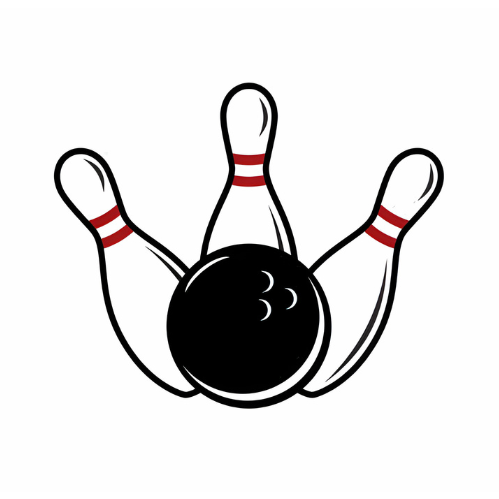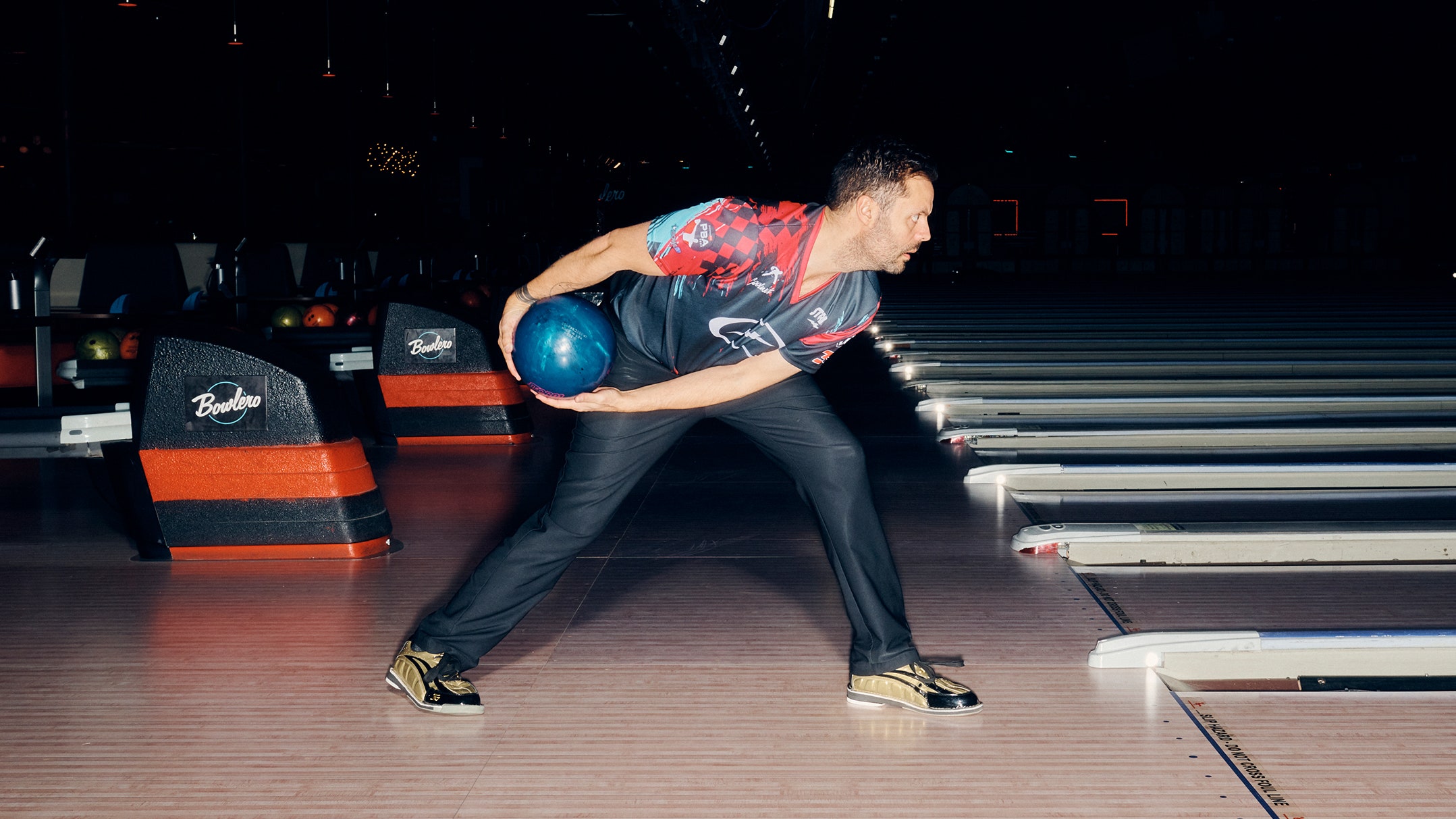A foul in bowling occurs when a player crosses the foul line during delivery. It results in zero points for the delivery.
Bowling fouls can significantly impact a player’s score, serving as critical mistakes that can alter the outcome of a game. Understanding and abiding by the rules are essential for bowlers of all levels. Violating the foul rule not only negates any pins knocked down but also reminds players of the importance of precision and control during their approach and release.
Professionals and beginners alike must remain behind the designated line to ensure their scores are valid. This rule maintains the fairness and integrity of the game, emphasizing the skillset required to excel in bowling. Adhering to this and other regulations is a foundational aspect of successful and enjoyable play.
Origins Of Bowling Fouls
Bowling’s earliest rules recognized the term foul. A foul occurred if a player’s foot crossed the starting line during their approach or release of the ball. Players of old had to rely on honor system to call fouls on themselves.
Over time, technology stepped in to help enforce rules. In the 1950s, the first automatic foul detectors got used. Beams of light or photoelectric cells were set up across the foul line. This approach was to ensure fair play by detecting any infractions.
Defining The Foul Line
The foul line in bowling is a critical boundary. Step over this line during your throw, and it’s a foul. A foul means your throw will not count. Scores do not include foul throws. You must stay behind the line until the ball hits the pins.
Foul line rules make sure the game is fair. Special sensors or judges watch for fouls. To avoid fouls, practice your steps. Keep your toes behind the line. This is key for a clean game. Remember, crossing the foul line can change the game’s outcome!
Common Bowling Fouls
Bowling fouls can affect your game. A common issue is a foot fault, happening when a player’s foot crosses the line at the beginning of the lane.
It’s crucial to release the ball before the foul line. Failing to do so can lead to a release error. This kind of mistake can nullify your throw.
Players must also follow lane etiquette. This means taking turns and being respectful. Violations disrupt the game flow, and players can get penalties.
Strike Out Scrutiny
Fouling in bowling means crossing the foul line during a roll. When a player crosses this line, their roll counts as zero, no matter the pins knocked down. This rule is crucial for maintaining fair play.
Players in bowling leagues take this zero score penalty seriously. A foul can drastically alter a team’s overall score. This can affect the team’s standings in the league. Teams often practice discipline to avoid this issue.
| Consequence | Details |
|---|---|
| Individual Score | Player’s roll is zero, reducing individual score. |
| Team Impact | Can lead to team’s loss, affecting league standing. |
| Reputation | A player’s reputation for skill might take a hit. |
Avoiding Mistakes
To keep your game clean and fair, mastering your footwork is key. Stepping over the foul line during delivery counts as a foul. Practice with diligence; each step should be consistent and stable. Regular drills on foot positioning can prevent accidental fouls and boost your overall performance.
Knowing the rules about your bowling ball is just as crucial. Equipment regulations often vary by league and event, regarding weight, size, and coverstock. Always check the specs before a competition to ensure your gear complies.
Also, be mindful of lane etiquette. Let players on your right go first if you’re both up. Observe the turn and allow others to focus during their approach. This respect helps everyone’s game flow better.
Adjudicating Bowling Rules
The job of officials in bowling is to watch the game closely. They make sure all players follow the rules. Their eyes must catch every foul a player might make. Today, technology helps officials too. Machines can spot a foul right away. This is automated foul detection. It uses sensors and cameras to find fouls. This makes the game fair for everyone.
FAQ
What Constitutes A Foul In Bowling?
A foul in bowling occurs when a player crosses the foul line that separates the approach area from the lanes, during their turn. Their delivery counts, but the pins knocked down are not scored.
Can Clothing Cause A Bowling Foul?
Yes, if any articles of a player’s clothing or accessories make contact over the foul line during their delivery, it counts as a foul. Care should be taken to avoid loose-fitting clothes that could cross the line.
How Are Bowling Fouls Detected?
Bowling fouls are detected using electronic sensors or cameras aligned with the foul line. When these sensors detect a violation, they trigger an automatic scoring system to record the foul.
Does A Foul In Bowling Affect The Score?
Yes, a bowling foul affects the score as no pins knocked down during a foul play are counted. The player receives zero points for that specific delivery.
Conclusion
Understanding the rules of fouls in bowling is crucial for every player’s success. It ensures a fair and enjoyable experience on the lanes for everyone involved. As you strike, spare, or gutter, remember that knowing what constitutes a foul can save your game from unnecessary penalties.
Stay informed, practice good sportsmanship, and keep bowling!

